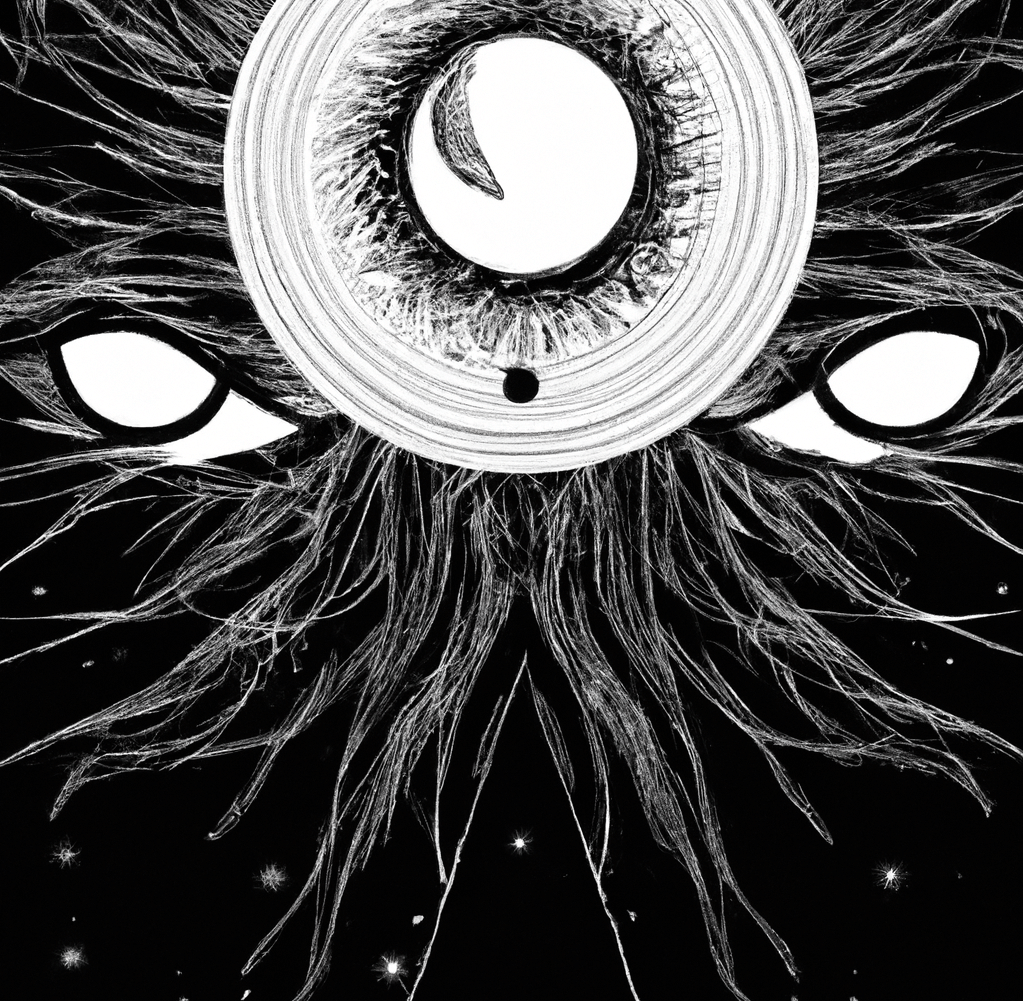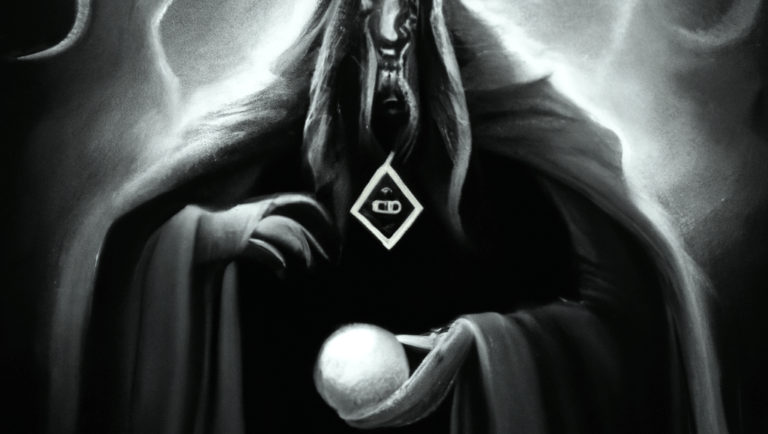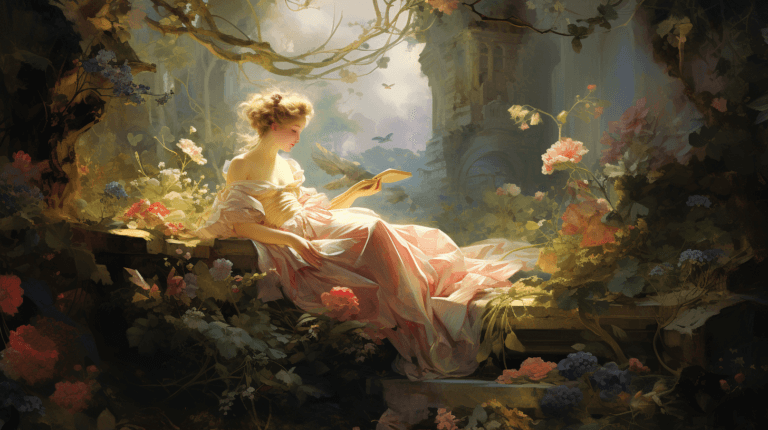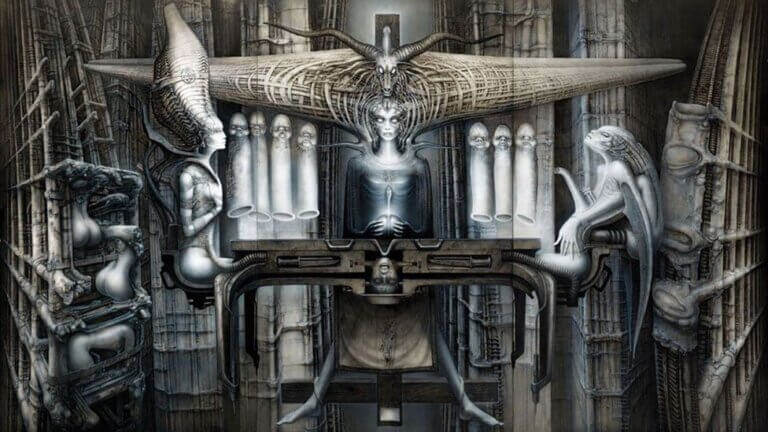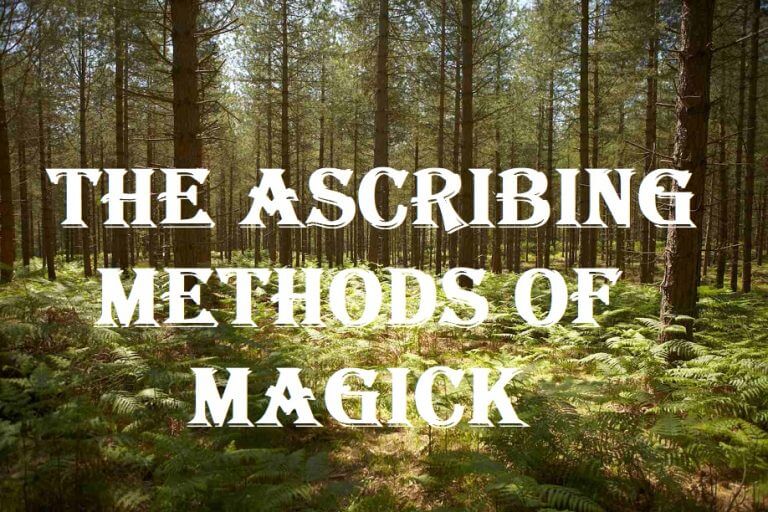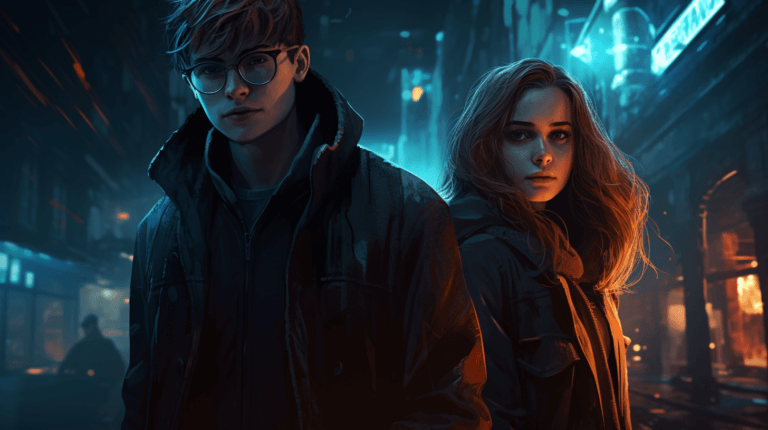Exploring Black Magick in Literature
Throughout history, literature has been a vessel for exploring the mysteries of the human psyche, delving into the realm of the supernatural and the occult. Among the many themes that captivate readers, none have proven as enigmatic and intriguing as black magick. This dark art, often associated with forbidden knowledge and occult practices, has woven its spell across the pages of literature, leaving an indelible mark on the collective imagination. From ancient texts to contemporary works, black magick in literature has served as a reflection of society’s fascination with the unknown and the macabre. Join us as we embark on a journey to uncover the spellbinding history of black magick in literature.
Ancient Roots:
The origins of black magick in literature can be traced back to ancient civilizations. Texts such as the Egyptian Book of the Dead and the Mesopotamian Enuma Elish incorporate elements of occultism, magic spells, and supernatural entities. These early works revealed humanity’s belief in the power of magick and its connection to the divine and the afterlife.
Medieval Grimoires:
In the Middle Ages, grimoires emerged as a significant literary genre, providing a comprehensive guide to the practice of black magick. These manuscripts contained instructions for summoning spirits, casting spells, and performing rituals. The infamous grimoire, “The Lesser Key of Solomon,” introduced readers to the hierarchy of demons and their sigils, fostering a fascination with demonic invocation that has persisted through the centuries.
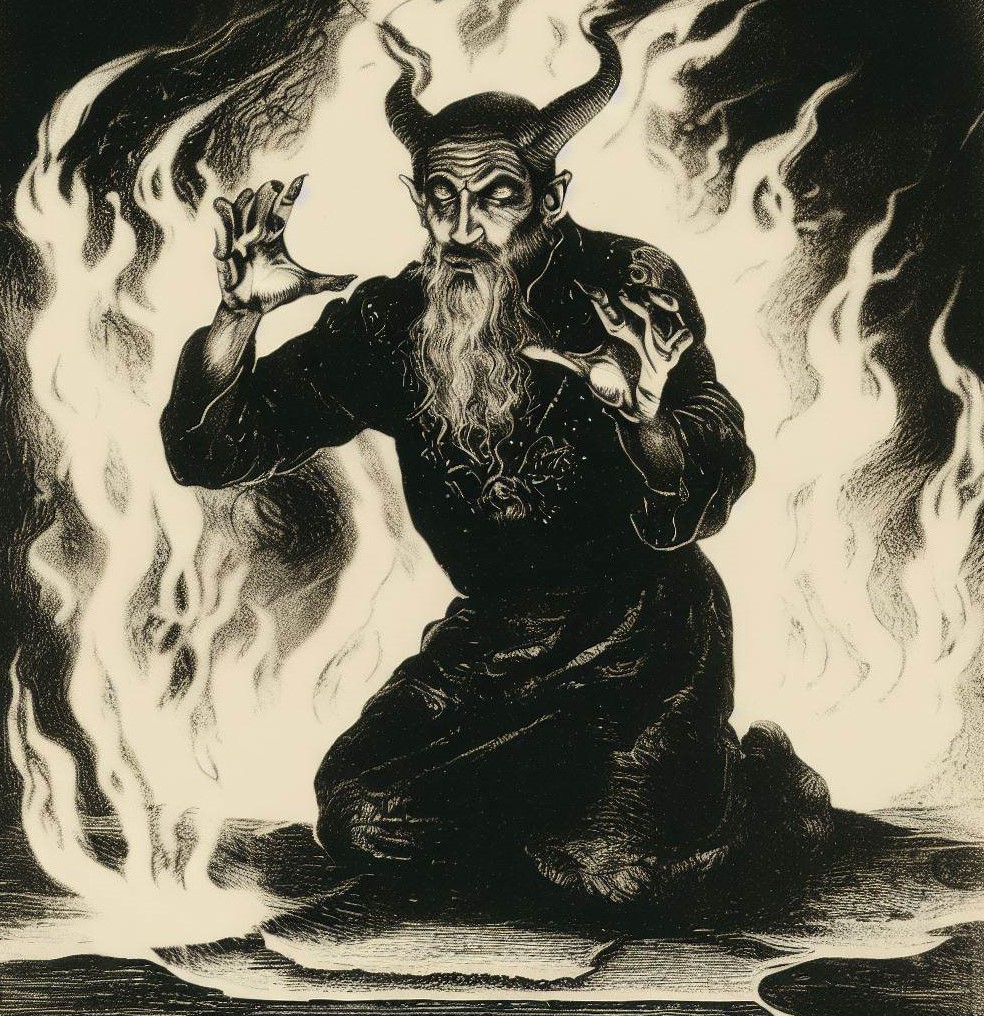
Shakespearean Sorcery:
The works of William Shakespeare ushered black magick into the realm of drama, creating memorable characters entangled in the web of occult practices. In “Macbeth,” the eponymous protagonist’s descent into darkness is fueled by his encounter with the witches, embodying the allure and perils of black magick. The play highlights the theme of ambition corrupted by supernatural forces, leaving an enduring mark on the portrayal of black magick in literature.
The Gothic Era:
The 18th and 19th centuries witnessed the rise of Gothic literature, where black magick took center stage. Horace Walpole’s “The Castle of Otranto” and Ann Radcliffe’s “The Mysteries of Udolpho” featured haunted castles, mysterious curses, and occult practices, captivating readers with their atmospheric settings and dark enchantments. These works laid the foundation for future Gothic literature, establishing black magick as a recurring motif.
Modern Manifestations:
In the 20th century, black magick continued to fascinate and captivate readers. Influential authors like H.P. Lovecraft expanded on the theme, crafting stories that explored the cosmic horrors unleashed by forbidden knowledge and ancient rituals. Lovecraft’s seminal work, “The Call of Cthulhu,” introduced a mythos filled with arcane texts and malevolent deities, forever linking black magick with cosmic terror.
Contemporary Explorations:
In recent times, black magick has evolved in literature, reflecting the changing cultural landscape. Contemporary authors like Neil Gaiman, Clive Barker, and Lev Grossman have embraced the genre, blending elements of fantasy, horror, and occultism to create compelling narratives. These works explore the psychological and moral implications of black magick, delving into themes of power, identity, and the price one pays for tampering with the supernatural.

Conclusion:
The history of black magick in literature is an enchanting tapestry woven across centuries, reflecting humanity’s enduring fascination with the arcane and the forbidden. From ancient texts to contemporary novels, the allure of black magick continues to captivate readers, offering glimpses into the shadowy depths of human desire and the consequences of crossing boundaries. As literature evolves, the mysteries and complexities surrounding black magick will undoubtedly continue to shape and inspire the imagination of both writers and readers, ensuring its enduring presence in the world of storytelling.
